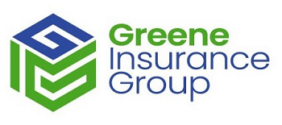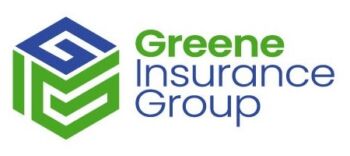What should my home be insured for?
How do we determine how much Home Insurance is enough? Our licensed insurance agents will ask you a series of quesitons about your home, utilize a replacement cost calculator tool and review real estate records to help insure your home is adequately insured.
Losing a home is devastating to anyone and most of us don’t want to think about what would happen should our home become a total loss.
However, it is very important your home insurance replacement cost is calculated to properly protect you and your family.
The amount you want to insure your home cost of your home is typically its replacement cost minus the land value.
Home Replacement Costs in the United States can vary due to the cost of labor and building materials. The kinds of building materials used in the home can also make a substantial difference in the replacement cost of a home. For example, if you used granite countertops verus laminate countertops. If you used hardwood flooring verus laminate or carpet.
Ask our agents for more information. We utilize Replacement Cost Estimators to help us determine home replacement values.
We understand insurance can be confusing and we’re always here to help you.
Greene Insurance Group understands the insurance needs of our clients. We work with you to estimate the replacement cost for your home using our specialized industry calculation tool. Many of our policies include an inflation guard built-in to adjust your policy limits from time to time as needed.
It is critical that you provide us with accurate, updated information about your home and contents. If you plan to build on an addition to your home, make sure you call us right away so we can add proper coverage.
Once insure your home and possessions, it’s a good idea to re-examine your coverages and limits from time to time, especially whenever you make additions or improvements. Greene Insurance Group can help you re-evaluate your insurance needs.
Here are some steps you can take to reduce the danger of being seriously underinsured:
- Review your homeowners insurance declarations page and policy information carefully.
- Certain property, such as jewelry, and certain perils, such as earthquake or flood, is better insured separately. Knowing what is covered and for how much will help you insure properly. If there is anything in your policy you don’t understand, contact your agent for information.
- Review your home insurance policy each year at renewal. You will receive a new homeowners insurance policy with a declarations page showing limits of coverage and optional coverages. Review this information. If you have already or plan to remodel or add an addition to your home, make sure you let your insurance agent or company know about these changes so your coverage limits can be adjusted to cover the improvement.
- Consider carefully whether your policy provides all the protection you need.
- Does it home insurance policy cover the extra costs resulting from building code changes?
- Does your home insurance automatically increase coverage limits annually to keep pace with inflation?
- Does it provide additional funds if the cost of rebuilding your home exceeds the policy limits?
Make sure you know:
- Will your insurance company stand behind agreed upon repairs after a claim?
- Does your policy include replacement cost coverage for personal property (clothing, furniture, appliances, and other personal property inside your home)? If not, you can add it by endorsement. The cost is small, the protection valuable. Replacement Cost Coverage pays for losses to your possessions at the cost of brand new items. Without this option, a covered loss to your personal possessions would be depreciated by their age and condition, reducing the size of your claim settlement.
- If you own an art collection, antique furniture, jewelry, or other valuable possessions, talk to your agent about supplemental coverages, such as fine arts or scheduled property endorsements, to adequately protect your investment in these items. The cost is modest for the extra protection, and often the deductible is waived.
- Inventory your home. Prepare an inventory of personal property items, update it periodically, and keep it in a safe place outside your home, such as a safe deposit box at your bank. It will save you hours of time trying to list everything damaged or destroyed if you need to make a claim. It will also help ensure you don’t forget some items.
Personal Liability
Besides making sure you have enough protection to cover possible damage to your own home and contents, you should also evaluate your exposure to liability risks. These result from damage to the property of another, or injury to a person, not a member of your household, for which you can be responsible.
In recent years it’s become common for homeowners to be sued for injuries or damages to others, even when there is no evidence of negligence by the homeowner. The reality today is if you have any appreciable assets, you are exposed to the risk of being sued. Even if you ultimately prevail in court, your legal fees and the months or years of worry and uncertainty can be a terrible burden on you and your family.
The Personal Liability coverage provided by your Homeowners Policy usually provides a limit of $300,000. We strongly recommend increasing this protection with a personal umbrella policy. Not only will it increase your personal liability, but also your auto liability. Limits are available from $1 million to $10 million and beyond. The cost of this coverage is usually very reasonable.
Greene Insurance Group of Arizona proudly serves the following communities:
Phoenix, Scottsdale, Paradise Valley, Cave Creek, Carefree, Fountain Hills, Anthem, Chandler, Gilbert, Mesa, Queen Creek, San Tan Valley, Tucson, Marana, Oro Valley, Ahwatukee Foothills, Goodyear, Litchfield Park, Buckeye, Waddell, Surprise, Glendale, Peoria, Prescott, Prescott Valley, Flagstaff, Sedona and surrounding areas.

